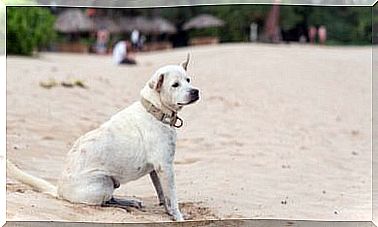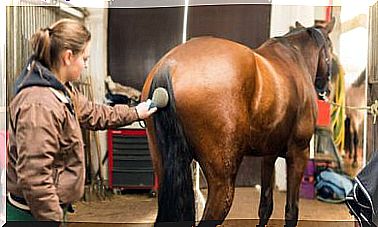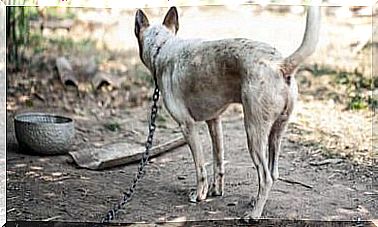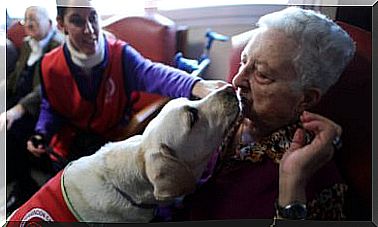Symptoms And Treatment Of Cataracts In Dogs

Over the years, our pets suffer from various diseases that affect their way of life. In the case of cataracts in dogs (also called cataracts), it is the case that they cannot see properly and can also go blind.
Cataracts in Dogs
When our pet crosses the threshold of eight or nine years, it is of senior age, just as it is with humans. And the diseases to which it is exposed from that moment onwards are similar to those of the elderly.
Cataracts in dogs is no exception. It is a clouding of the lens of the eye that has the task of focusing the light rays on the retina. When some sort of whitish or bluish “haze” forms, the animal’s eyesight will decrease.
Not to be confused with another disease that occurs especially in the elderly: glaucoma, also known as glaucoma. This leads to the hardening of the eye and a blue-gray color tone develops. The vet will determine what the disease is.

Usually cataract formation in dogs is slow; the disease develops gradually. The exception can be if the animal has had a special incident, such as injury, untreated inflammation, or diabetes.
There are certain breeds that are more prone to cataracts appearing: Cocker Spaniel, Pekingese, Schnauzer, Golden Retriever, Siberian Husky, Fox Terrier, Labrador, and English Shepherd. However, this does not mean that the eye diseases cannot occur in others.
And even if it is a hereditary disease, early detection can prevent the animal from going blind. In order to prevent or delay the occurrence of cataracts, it is advisable to pay attention to eye hygiene, to eat the four-legged friend healthily and to adhere to the annual examination by the veterinarian.
What are the symptoms of cataracts in dogs?
The symptoms of cataracts in dogs are very distinctive and easily recognizable. The animal initially has excessive tearing and eye secretions. In many cases this is mistaken for an infection or poor hygiene.
After that , over time, the lens will become opaque and covered by a white or blue circle. In addition, there is sensitivity to light: the dog is always in the shady areas of the house and when he goes out into the street during the day, he bows his head or he does not seem to see anything.
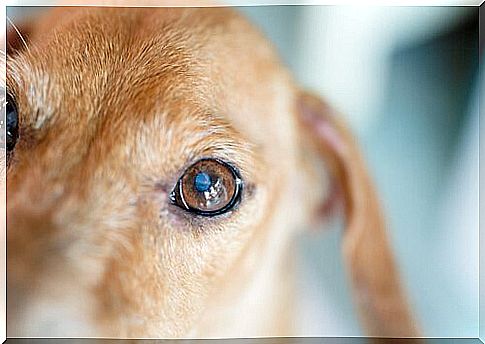
It is very important to spot cataracts early enough as they reduce the animal’s vision. While it is true that the sense of smell is the main orientation of dogs, they also need their eyes in everyday life.
Can cataracts in dogs be treated?
The only way to get rid of cataracts in dogs is through surgery to remove the lens. This surgical procedure replaces the natural lens with an artificial lens, preventing the disease from progressing.
The chances of success of this operation with ultrasound is about 95%. Remember, although surgery will restore some degree of vision to the dog , it won’t be like it was when it was young.
Post-operative care is crucial. He must wear a protective collar for at least two weeks, he must neither exert himself nor exercise, he cannot be bathed and he must be cleaned several times a day. After the first week, the dog will regain its eyesight and its sensitivity to light, especially to the sun, will decrease.


